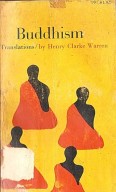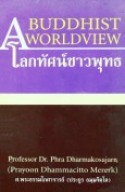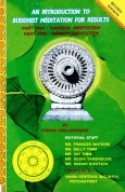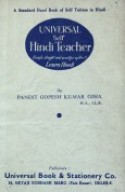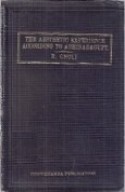Tìm Sách
Sách tiếng Anh-English >> Buddhism in Translations
Thông tin tra cứu
- Tên sách : Buddhism in Translations
- Tác giả : Henry Clarke Warren
- Dịch giả :
- Ngôn ngữ : Anh
- Số trang : 496
- Nhà xuất bản : Harvard University Press - Atheneum / New York
- Năm xuất bản : 1963
- Phân loại : Sách tiếng Anh-English
- MCB : 1201000000328
- OPAC :
- Tóm tắt :
Buddhism IN TRANSLATIONS
Passages Selected from the Buddhist Sacred Books
and Translated from the Original Pali into English by
Henry Clarke Warren
ORIGIN ALLY PUBLISHED BY HARVARD UNIVERSITY PRESS
Atheneum / New York
1963
PREFACE
Henry Clarke Warren’s Buddhism in Translations was first published in 1896. It appeared as Volume Three of the Harvard Oriental Series, a series of books founded by the generosity of Warren and at that time edited by teacher and friend Charles R. LAN man. The book long remained the most popular volume of the Series and was reprinted time and again. In the course of the additions were a prefatory note by LAN man, a memorial of Henry Warren’s life, and a descriptive list of other volume of the Series. In the present student’s edition all this supplementary matter has been excluded. Since the cost of publishing has trebled since the time of the first edition, other changes have been made in format and binding. But not a word of Warren’s text has been omitted or changed.
Warren’s book remains an admirable introduction to than basic teachings of Buddhism. Buddhism studies, it is true, have advanced since Warren’s time; many more texts have been edited and translated. Particularly is this true with regard to Mahayana or Northern Buddhism, with which Warren did not deal. But no one has organized this new material with the skill which Warren showed in dealing with the material available in his day. The picture of Theravada or Southern Buddhism given by Warren’s selections is singularly well balanced. And his renderings have the special merit of being readable as well as scholarly.
Warren’s attitude toward Buddhism was one neither of acceptance nor of disapproval. He disapproved of only open thing: the forming of opinions about Buddhism or India or Asia at second and third hand. It was to help Westerners form an open-ion of Buddhism at close acquaintance that he wrote this book. And it is for the same purpose that his book is now reissued.
DANIEL H. H. INGALLS
Editor, Harvard Oriental Series Cambridge, Massachusetts, 1953
CONTENTS
Abbreviations
General Introduction
CHAPTER L
THE BUDDHA.
Introductory Discourse 1
1. The Story of Sumedha 5
2. A List of former Buddhas 32
3. The Characteristics 33
4. The Birth of The Buddha 38
5. The young Gotamid Prince 48
6. The Great Retirement 56
…
CHAPTER II.
SENTIENT EXISTENCE.
Introductory Discourse
13. Questions which tend not to Edification 111
14. King Milinda and Nagasena come to an Understanding 117
15. There is no Ego 129
16. All Signs of an Ego are Absent 146
17. No continuous Personal Identity 148
CHAPTER III.
KARMA AND REBIRTH.
Introductory Discourse 209
38. Be a Friend to Yourself 213
39. The cause of Inequality 214
40. Fruitful and barren Karma 215
41. The Death of Moggallana 221
42. Good and bad Karma 226
43. How to obtain Wealth, Beauty, and Social Position 228
…
CHAPTER IV.
MEDITATION AND NIRVANA.
Introductory Discourse 280
57. The Way of Purity 280
58. Concentration 285
59. The Thirty-one Grades of Being 288
60. The Forty Subjects of Meditation 289
61. The Earth-kasina 291
62. Beauty is but Skin-deep 293
…
CHAPTER V.
THE ORDER.
Introductory Discourse 392
80. Conduct 393
81. The Admission and Ordination Ceremonis 401
82. The Serpent who wanted to be a Priest 402
83. The Buddhist Confession of Priests 411
84. The Order receive leave to dwell in Houses 414
85. Residence during the Rainy Season 417
86. The Mendicant Ideal 414
…
APPENDIX
103. The Five Groups 487
 Facebook
Facebook
 Google
Google
 Google+
Google+
